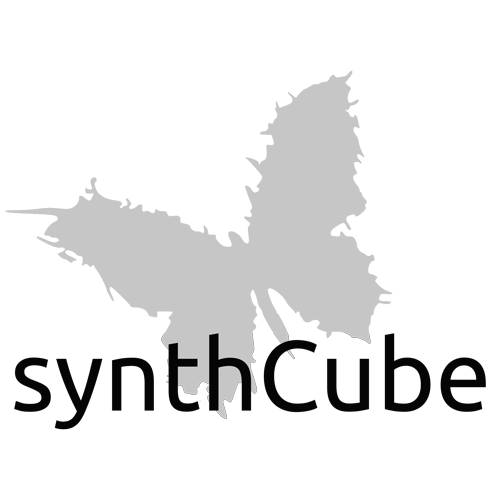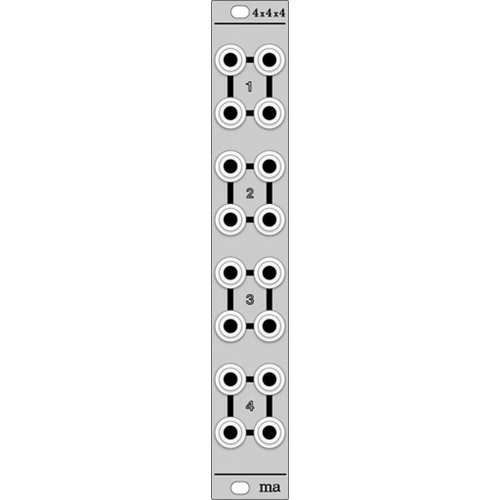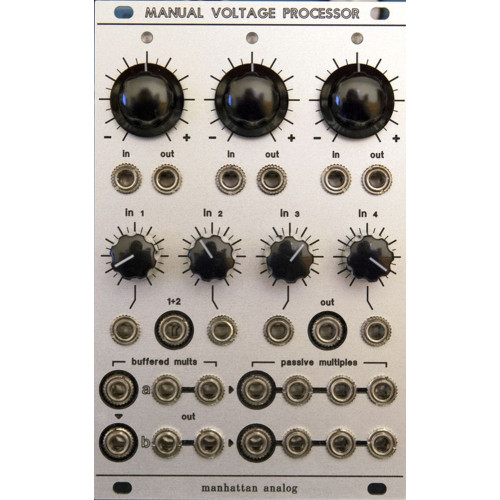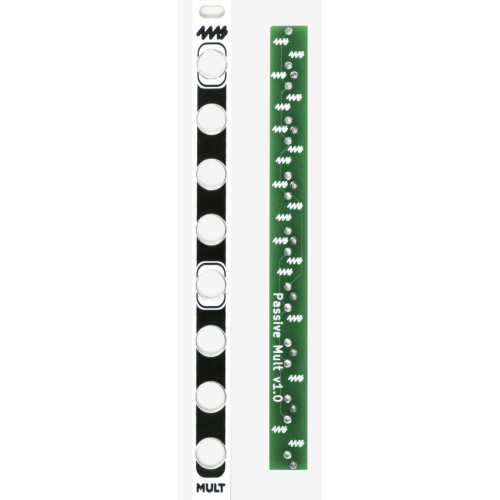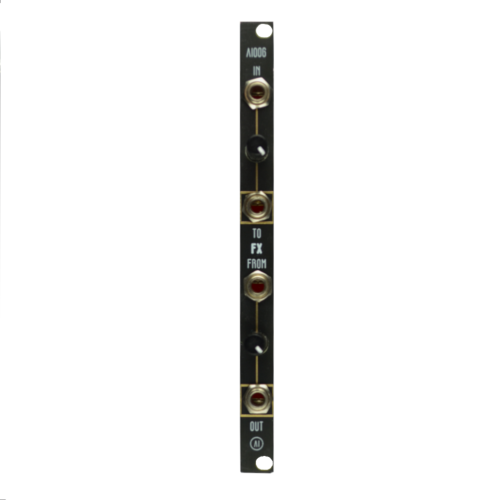Passive Circuits

One of my favorite types of synth-DIY projects are simple passive circuits. With a few parts and an hour or two, you can create a useful and rewarding project. Since these circuits typically have a low parts count, these easy-to-finish projects can be a great break between larger projects. Passive projects can often be fast solutions for an active patch or project too. Perhaps you need a simple way to send modulation to 2 or more destinations; with a hand full of 1/8” jacks, and some wire, you could assemble a quick passive splitter, or a “mult”.
You can make these projects in spare module blanks, or even home made panels. But, since these circuits don’t need a connection to your systems power supply, it can be fun and useful to build these utilities as stand-alone units, or “0 HP” modules. Check out Synth DIY Guy’s channel on YouTube, specifically the video about his “Passive Patch Pals”: https://www.youtube.com/watch?v=QZIKUEhejMQ&t=813s
Quincas's useful mini-modules are built directly on the lugs of audio jacks that he has glued together, and wrapped in heat-shrink tubing to protect the circuit. The attenuator is simply a potentiometer and two jacks, and like the other modules, is light enough to float between two patch cables.
Larger circuits, or duplicates of similar circuits, can be housed in small boxes. Aluminum, guitar-pedal type enclosures are sturdy, provide shielding, and are available pre-painted. I like to use small containers I find around the house: cookie tins, cigar boxes, and even old, dead electronics enclosures. One useful, larger passive project is called a matrix mixer. The mixer allows the user to blend multiple sources across multiple outputs, which can be useful for creating and distributing complex control voltages or interesting feedback paths with multiple audio processes, as well as basic routing solution.
There are quite a few different circuits you can build that require no connection to your power supply, and you may be surprised how useful these can be. Simple filters, low pass gates (sort-of a combination of a VCA and VCF…sort-of), mute switches, even some logic functions can be achieved passively. SynthDIYGuy’s video mentioned above, ends with a circuit that achieves effects like a ring-modulator. There's even a few projects that use solar panels in unexpected ways. You may already have the parts to complete a small project laying around your shop, so if you're looking for a fun, quick and cheap project, passive circuits are a great place to start!
Written by Mike

